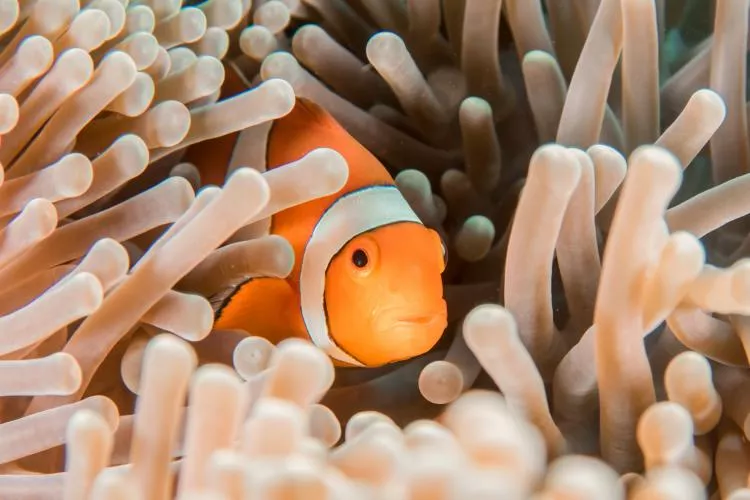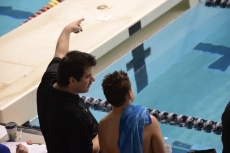No artificial lights for Nemo, please!
Long-term exposure of artificial light at night has been shown to cause clownfish to die younger, according to a study.
Scientists have discovered that clownfish living closer to shore die sooner than their counterparts found farther offshore due to the difference in the amount of artificial-light exposure.
The more artificial light they were exposed to, the higher the mortality rate.
The study focused on the reefs around Moorea in French Polynesia. It involved exposing 42 juvenile clownfish to either artificial light at night (ALAN) or natural light (meaning, moonlight!) in the lagoon. Each of the 42 territories had a magnificent sea anemone.
After two years, the clownfish that were still alive were caught so that their growth could be measured.
It was found that 36 percent of the clownfish exposed to light pollution were more likely to die than the fish under natural light cycles, said lead author Jules Schligler, from the École Pratique des Hautes Études PSL Université Paris (EPHE) and the Centre of Island Research and Environmental Observatory (CRIOBE).
In addition, the surviving fish that had been exposed to artificial light grew less than the fish exposed to natural light.
“This is the first time that the impacts of ALAN have been tested on a coral reef fish in the wild and over such a long time,” said Daphne Cortese, a former EPHE and CRIOBE student, and currently a post-doctoral fellow at the University of Glasgow.
The findings of the study has been published in the Proceedings of the Royal Society B journal.

























